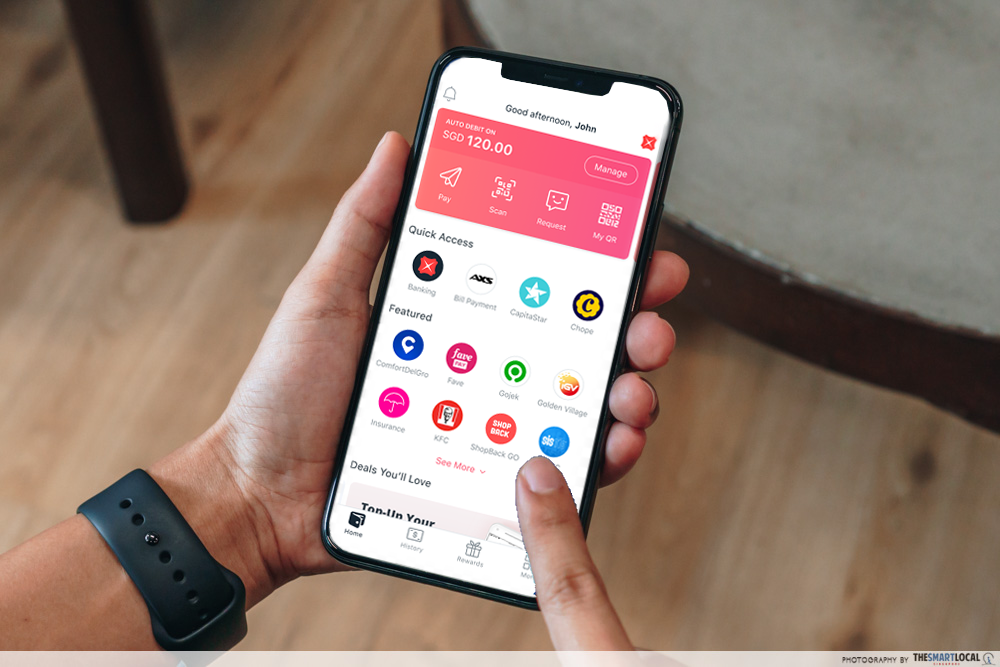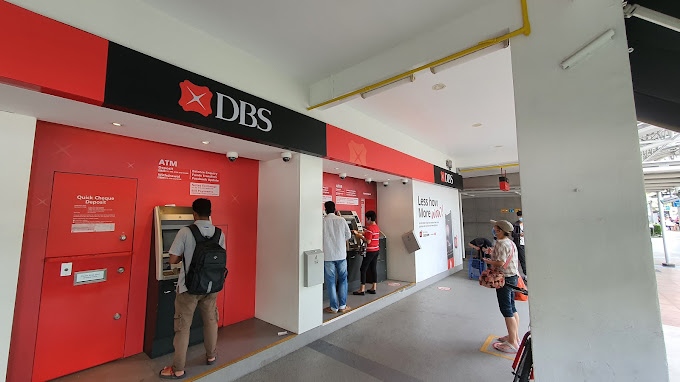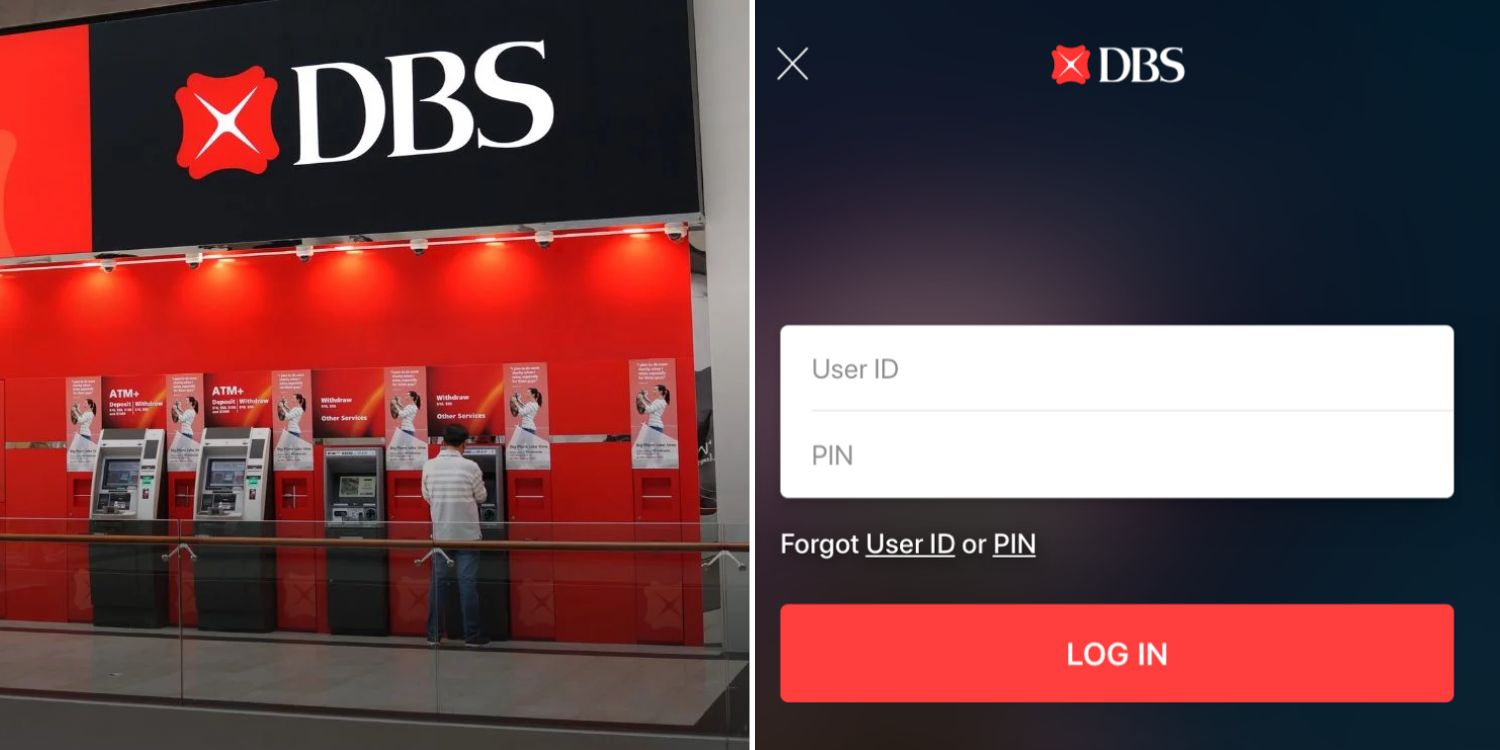DBS Plots Roadmap To Address Service Disruptions
Following a series of disruptions to their digital services, DBS has apologised and laid out a comprehensive plan to better their technology resilience.
This comes after the Monetary Authority of Singapore (MAS) barred the bank from new business ventures for six months in response to the outages.
Now, DBS will be making addressing these issues a top priority.
Once the plan is complete and all measures are in place, the bank expects a shorter recovery time should a future disruption occur.
DBS apologises for disruptions, will hold senior management accountable
On Wednesday (1 Nov), DBS issued an official apology for the recent spate of digital disruptions.
DBS Chairman Peter Seah apologised on behalf of the Board for the disruptions. He noted that customers expect convenient access to their banking services at any time of the day.


“With the incidents of the past year, we have failed to live up to these expectations, and have also fallen short of our own standards.”
He added that they will be holding senior management accountable by reflecting this in their compensation.
DBS sets out measures to address gaps & work on weaknesses
In addition, the bank introduced a comprehensive roadmap to better the resiliency of its technological infrastructure.
The roadmap consists of immediate and long-term measures to strengthen their technological governance, leadership, systems, and processes.
They are basing these measures on an Accenture review on DBS’ digital banking services, following an incident in March.
Per the review, the key gaps and deficiencies fall into these main areas:Technology risk governance and oversightIncident managementSystem resilienceChange management
Roadmap introduces new leadership & processes
DBS said that they have taken onboard Accenture’s recommendations to address these weaknesses.
In some cases, they will be taking further steps to improve their technology resilience on top of the recommendations.
Firstly, they have established a new sub-committee of the Board Risk Management Committee, the BRMC Technology Risk Committee (BTRC).
This sub-committee will specifically provide dedicated oversight of technology risk, and will oversee the implementation of remedial measures.

Source: Google Maps
Next, the bank will split their technology and operations (T&O) function into two separate units. This will allow them to dedicate specific management oversight of each arm.
DBS has also strengthened its site reliability engineering with new leadership from 18 Oct.
Work has commenced to establish clearer ownership and incident management within the bank, as well as between the bank and its service providers and vendors. The bank will also improve proactive problem management.
They have additionally instituted a six-month pause on non-essential IT activities, to single-mindedly focus on improving technology resiliency.
Aims to have service recovery time of no more than 2 hours
Over the next 12 to 24 months, DBS will also be undertaking structural improvements to address issues with service availability and recovery.
The bank promises to limit downtime, where each service is completely unavailable across all digital channels.
They will hence aim to have no more than an average of 1.5 hours of downtime per month over a three-month period.
“This is a commitment DBS aims to deliver on within the next six months, and continuously improve on,” they said.
In the event of a disruption to services such as balance enquiries and payments both domestic and overseas in the next six months, the bank targets to recover them on either digibank online, digibank mobile or PayLah! within three hours.
Its 24-month goal is to improve recovery time to a maximum of two hours.
DBS CEO Piyush Gupta added that DBS will be setting aside a special budget of S$80 million to enhance system resiliency.
“Our assurance to customers is that they can expect these actions to deliver concrete improvements in the near term and over time,” the CEO said.
“In particular, apart from complying with regulatory requirements on system availability, we are committing to additional targets we are setting for ourselves on ensuring high service availability as well.”
Digital banking disruptions in Singapore not exceptional: MAS Chief
In an interview with Channel NewsAsia (CNA), MAS Chief Ravi Menon shared his opinion that the system outages in Singapore are not “exceptional”.
He cited MAS’ requirements for banks, which cover:Frequency of outagesRecoverabilityCommunication to customersContingency plans
Mr Menon suggested that people may have been upset because DBS is “the largest bank in the country” with “the largest number of customers”.
But putting that aspect aside, he doesn’t think digital banking disruptions are more frequent in Singapore than other places.
Nevertheless, DBS’ board and senior management are taking the matter very seriously and acknowledge that they need to fix the issue.
Mr Menon noted their commitment to resolving deep-seated issues and expressed his confidence in the “digitally strong” bank’s ability to do so.
Have news you must share? Get in touch with us via email at news@mustsharenews.com.


